
 Charles Young, 1939.
Charles Young, 1939.Charlie Young: From Undefeated Football Team to Wrestler Revolt–And Beyond
Known as "Chub" by his family and close friends, Charlie taught and coached at LFHS for over two decades, and left an indelible mark.

The Pride of Little Falls
Every high school class has its outstanding students – the class valedictorian, the star athlete, the naturally-born leader, the most likely to succeed…
 Railway Express Agency employees Al Munger (on left - Al later became Little Falls fire chief) and Jimmy Fitzgerald (on right) pictured with cages of homing pigeons outside of the company office once housed in the Old Bank Building.
Railway Express Agency employees Al Munger (on left - Al later became Little Falls fire chief) and Jimmy Fitzgerald (on right) pictured with cages of homing pigeons outside of the company office once housed in the Old Bank Building.The Railway Express Agency and Pigeon Releasing
Sometimes all it takes is a picture or a story to generate a Historical Society writing series piece. Such is the case with this article.
 The Entrance to Old St. Mary’s Cemetery | Archangel Gabriel with Trumpet in Alcove of Mausoleum
The Entrance to Old St. Mary’s Cemetery | Archangel Gabriel with Trumpet in Alcove of MausoleumA SAILOR AT HEART | THE LIFE STORY OF CHARLES P. BYRON
The prelude to the life story of Charles P. Byron begins as one walks through the entrance of the Old St. Mary’s Cemetery.
 Lundstrom corner bookcase on museum display
Lundstrom corner bookcase on museum displayLUNDSTROM BOOKCASE’S LONG JOURNEY HOME
Lundstrom sectional barrister bookcases are often found in local law offices and private homes,holding sets of law books and personal libraries.

2024 HISTORICAL SOCIETY WRITING SERIES DEDICATED TO EDWIN VOGT
In recent years, the Historical Society has dedicated its annual writing series to three teachers, Harold Templeman, Hector Allen, and Helen Dunteman, and to former city historian, and one of the Historical Society’s founding members, Edward Cooney. The Society’s 2024 writing series is being dedicated to Edwin Vogt.
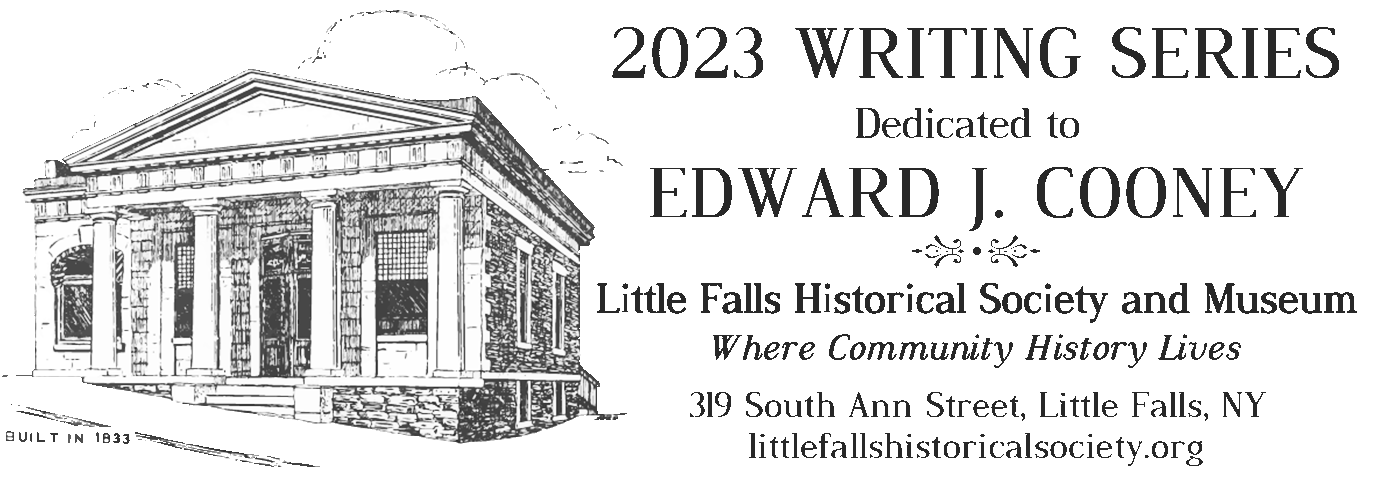

Mysteries of the Bowie Knife by Ann Schuyler
I sat by the window on the night of September 29th watching the last of four Super Full Moons when random memories ran through my mind.

AN ELEPHANT NAMED BIMBO AND A FUNERAL by Darlene Smith
Most people usually don’t have an elephant attend a family member’s funeral, but then most other families didn’t have a grandfather who loved the circus the way Milo Smith did.

“Bellcamp” The Magician by Ann E. Schuyler
“Uncle Archie, can you make me disappear?” I asked. “Yes,” he said, “Go in the other room.” I was expecting something like levitation.

My First and Last Train Rides by Ann Eysaman Schuyler
In 1944 I took my first train ride – all the way to Utica, NY. Having lived in Little Falls all my life, some of it on West Main Street at the foot of Glen Avenue, I knew about the railroad.

LOCAL AFRICAN AMERICAN HISTORY REFLECTED STATE AND NATIONAL EVENTS
The primary purpose of this piece of writing is to chronicle a history of African American presence in Little Falls from the time of slavery up to the 2015 dedication of a monument in Little Falls Church Street Cemetery recognizing what was once known as the “Colored Burial Ground.”
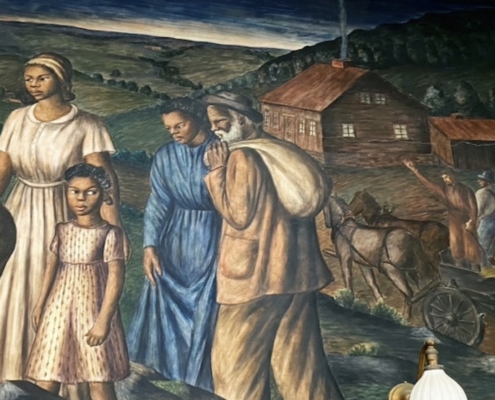
The Underground Railroad In And Around Little Falls
The Underground Railroad (URR) was a loosely organized network of people, (men and women, African American and white,) dedicated to helping people escape from bondage in the slave-holding states of the South to freedom in the antislavery states of the North and ultimately to Canada in the period before the Civil War.

The Main Street in Little Falls, N.Y. , circa 1955 -1965
My father told the story, many times, of how when he was a little boy, his mother had to hold his hand tightly when they made their way downtown to do their shopping on Main Street in Little Falls.

Little Falls Patriots Day Past and Present
The Little Falls Historical Society will partner with the Yellow Church Cemetery Association to host a Patriots Day observance at their historic site beginning at 11:00 AM on Saturday May 20. The rain date is Sunday May 21 at the same time. The event is free and open to the public.

2023 Writing Series Dedicated to Edward Cooney By Michael Cooney
Edward Cooney was City Historian for over forty years, president of the Herkimer County Historical Society, and one of the founding members of the Little Falls Historical Society.

Eagle Down by John Frazier
Donnie Coffin was somewhat of an enigma. Those who remember him recall him as an easygoing guy, but not many people have vivid memories of him.

Little Falls Philanthropy by Louis W. Baum
What did wealthy people do with their money? Some spent lavishly on themselves and their families caring little for their fellow man; others were philanthropic. Over the years, the citizens of Little Falls have greatly benefited in many different ways from the philanthropy of several of its leading residents who lived here in the late 1800s and early 1900s.
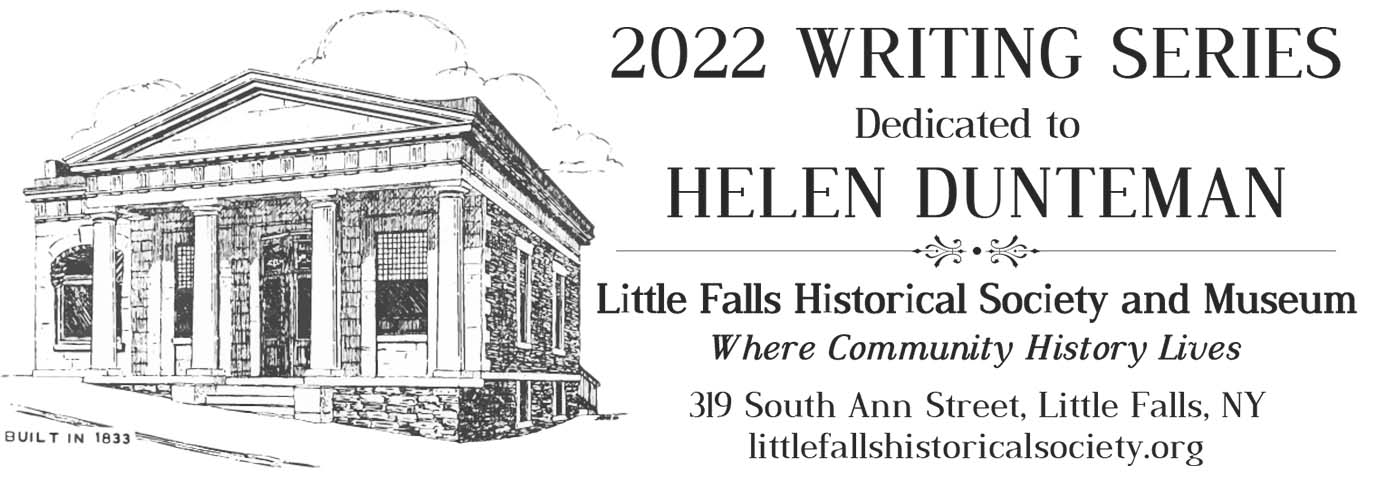
 https://littlefallshistoricalsociety.org/wp-content/uploads/2022/12/Ice-skating-at-Monroe-Street-in-2021.jpg
1064
1604
Little Falls Historical Society Museum
https://littlefallshistoricalsociety.org/wp-content/uploads/2018/10/Little-Falls-Historical-Society-Museum.png
Little Falls Historical Society Museum2022-12-20 11:03:442022-12-20 11:29:01Bygone Little Falls winters of skiing and sledding by Jeffrey Gressler
https://littlefallshistoricalsociety.org/wp-content/uploads/2022/12/Ice-skating-at-Monroe-Street-in-2021.jpg
1064
1604
Little Falls Historical Society Museum
https://littlefallshistoricalsociety.org/wp-content/uploads/2018/10/Little-Falls-Historical-Society-Museum.png
Little Falls Historical Society Museum2022-12-20 11:03:442022-12-20 11:29:01Bygone Little Falls winters of skiing and sledding by Jeffrey Gressler https://littlefallshistoricalsociety.org/wp-content/uploads/2022/11/LF-1883.jpg
680
986
Little Falls Historical Society Museum
https://littlefallshistoricalsociety.org/wp-content/uploads/2018/10/Little-Falls-Historical-Society-Museum.png
Little Falls Historical Society Museum2022-11-10 18:13:002023-01-04 14:19:061882: The Year of Pestilence, Death and Solutions in Little Falls by David Krutz
https://littlefallshistoricalsociety.org/wp-content/uploads/2022/11/LF-1883.jpg
680
986
Little Falls Historical Society Museum
https://littlefallshistoricalsociety.org/wp-content/uploads/2018/10/Little-Falls-Historical-Society-Museum.png
Little Falls Historical Society Museum2022-11-10 18:13:002023-01-04 14:19:061882: The Year of Pestilence, Death and Solutions in Little Falls by David Krutz https://littlefallshistoricalsociety.org/wp-content/uploads/2022/10/Fr-Connery-2.jpg
466
794
Little Falls Historical Society Museum
https://littlefallshistoricalsociety.org/wp-content/uploads/2018/10/Little-Falls-Historical-Society-Museum.png
Little Falls Historical Society Museum2022-10-31 08:46:002022-10-31 10:17:28Those Were The Days by John Frazier
https://littlefallshistoricalsociety.org/wp-content/uploads/2022/10/Fr-Connery-2.jpg
466
794
Little Falls Historical Society Museum
https://littlefallshistoricalsociety.org/wp-content/uploads/2018/10/Little-Falls-Historical-Society-Museum.png
Little Falls Historical Society Museum2022-10-31 08:46:002022-10-31 10:17:28Those Were The Days by John Frazier https://littlefallshistoricalsociety.org/wp-content/uploads/2022/10/Halloween.jpg
788
940
Little Falls Historical Society Museum
https://littlefallshistoricalsociety.org/wp-content/uploads/2018/10/Little-Falls-Historical-Society-Museum.png
Little Falls Historical Society Museum2022-10-27 18:32:172022-10-28 10:29:44Broomsticks and Ballots by Ray Lenarcic
https://littlefallshistoricalsociety.org/wp-content/uploads/2022/10/Halloween.jpg
788
940
Little Falls Historical Society Museum
https://littlefallshistoricalsociety.org/wp-content/uploads/2018/10/Little-Falls-Historical-Society-Museum.png
Little Falls Historical Society Museum2022-10-27 18:32:172022-10-28 10:29:44Broomsticks and Ballots by Ray Lenarcic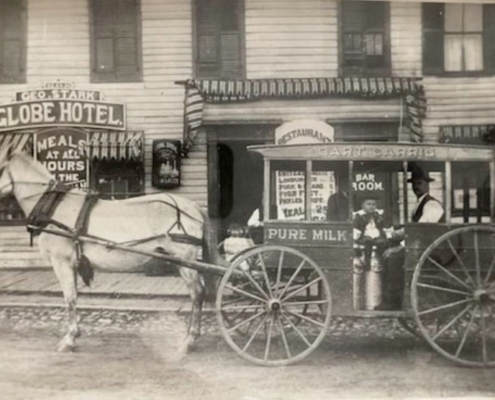 https://littlefallshistoricalsociety.org/wp-content/uploads/2022/10/Morgans-Dairy-by-Bart-Carrig.jpg
556
712
Little Falls Historical Society Museum
https://littlefallshistoricalsociety.org/wp-content/uploads/2018/10/Little-Falls-Historical-Society-Museum.png
Little Falls Historical Society Museum2022-10-04 11:06:302023-01-04 11:31:57Morgan’s Dairy by Bart Carrig
https://littlefallshistoricalsociety.org/wp-content/uploads/2022/10/Morgans-Dairy-by-Bart-Carrig.jpg
556
712
Little Falls Historical Society Museum
https://littlefallshistoricalsociety.org/wp-content/uploads/2018/10/Little-Falls-Historical-Society-Museum.png
Little Falls Historical Society Museum2022-10-04 11:06:302023-01-04 11:31:57Morgan’s Dairy by Bart Carrig https://littlefallshistoricalsociety.org/wp-content/uploads/2020/05/Ray-Lenarcic-at-the-Veterans-Memorial-in-Ward-Square-2.jpg
877
1200
Little Falls Historical Society Museum
https://littlefallshistoricalsociety.org/wp-content/uploads/2018/10/Little-Falls-Historical-Society-Museum.png
Little Falls Historical Society Museum2022-09-26 16:08:492022-09-26 16:12:36Upon Turning 80 by Ray Lenarcic
https://littlefallshistoricalsociety.org/wp-content/uploads/2020/05/Ray-Lenarcic-at-the-Veterans-Memorial-in-Ward-Square-2.jpg
877
1200
Little Falls Historical Society Museum
https://littlefallshistoricalsociety.org/wp-content/uploads/2018/10/Little-Falls-Historical-Society-Museum.png
Little Falls Historical Society Museum2022-09-26 16:08:492022-09-26 16:12:36Upon Turning 80 by Ray Lenarcic https://littlefallshistoricalsociety.org/wp-content/uploads/2022/08/The-Military-Road.jpg
1209
1200
Little Falls Historical Society Museum
https://littlefallshistoricalsociety.org/wp-content/uploads/2018/10/Little-Falls-Historical-Society-Museum.png
Little Falls Historical Society Museum2022-09-01 07:36:002024-06-17 10:52:43The Military Road and the War of 1812 by Pat Stock
https://littlefallshistoricalsociety.org/wp-content/uploads/2022/08/The-Military-Road.jpg
1209
1200
Little Falls Historical Society Museum
https://littlefallshistoricalsociety.org/wp-content/uploads/2018/10/Little-Falls-Historical-Society-Museum.png
Little Falls Historical Society Museum2022-09-01 07:36:002024-06-17 10:52:43The Military Road and the War of 1812 by Pat Stock https://littlefallshistoricalsociety.org/wp-content/uploads/2022/07/Oriskany-Battlefield-The-Quirks-of-Fate-5.jpg
1200
900
Little Falls Historical Society Museum
https://littlefallshistoricalsociety.org/wp-content/uploads/2018/10/Little-Falls-Historical-Society-Museum.png
Little Falls Historical Society Museum2022-08-06 07:39:002022-08-17 14:08:19Reflections on the 245th Anniversary of the Battle of Oriskany and Beyond by Jeffrey Gressler
https://littlefallshistoricalsociety.org/wp-content/uploads/2022/07/Oriskany-Battlefield-The-Quirks-of-Fate-5.jpg
1200
900
Little Falls Historical Society Museum
https://littlefallshistoricalsociety.org/wp-content/uploads/2018/10/Little-Falls-Historical-Society-Museum.png
Little Falls Historical Society Museum2022-08-06 07:39:002022-08-17 14:08:19Reflections on the 245th Anniversary of the Battle of Oriskany and Beyond by Jeffrey Gressler https://littlefallshistoricalsociety.org/wp-content/uploads/2022/07/Battle-of-Oriskany-state-of-New-York-Chapin-Damoreau.jpg
593
825
Little Falls Historical Society Museum
https://littlefallshistoricalsociety.org/wp-content/uploads/2018/10/Little-Falls-Historical-Society-Museum.png
Little Falls Historical Society Museum2022-08-06 07:16:002022-07-29 13:16:42The Quirks of Fate – Battle of Oriskany by Ray Lenarcic
https://littlefallshistoricalsociety.org/wp-content/uploads/2022/07/Battle-of-Oriskany-state-of-New-York-Chapin-Damoreau.jpg
593
825
Little Falls Historical Society Museum
https://littlefallshistoricalsociety.org/wp-content/uploads/2018/10/Little-Falls-Historical-Society-Museum.png
Little Falls Historical Society Museum2022-08-06 07:16:002022-07-29 13:16:42The Quirks of Fate – Battle of Oriskany by Ray Lenarcic https://littlefallshistoricalsociety.org/wp-content/uploads/2022/07/LF-Ochies-Overlook-TB-ML-April-1968.jpg
743
867
Little Falls Historical Society Museum
https://littlefallshistoricalsociety.org/wp-content/uploads/2018/10/Little-Falls-Historical-Society-Museum.png
Little Falls Historical Society Museum2022-08-04 07:52:002022-08-01 09:23:46Growing Up on The Southside 1957 – 1970 by Gary T. Staffo
https://littlefallshistoricalsociety.org/wp-content/uploads/2022/07/LF-Ochies-Overlook-TB-ML-April-1968.jpg
743
867
Little Falls Historical Society Museum
https://littlefallshistoricalsociety.org/wp-content/uploads/2018/10/Little-Falls-Historical-Society-Museum.png
Little Falls Historical Society Museum2022-08-04 07:52:002022-08-01 09:23:46Growing Up on The Southside 1957 – 1970 by Gary T. Staffo https://littlefallshistoricalsociety.org/wp-content/uploads/2022/07/The-Beginnings-of-Little-League-in-Little-Falls.jpg
666
936
Little Falls Historical Society Museum
https://littlefallshistoricalsociety.org/wp-content/uploads/2018/10/Little-Falls-Historical-Society-Museum.png
Little Falls Historical Society Museum2022-07-14 07:46:002022-07-13 10:20:25Happy 70th Birthday to Little League in Little Falls
https://littlefallshistoricalsociety.org/wp-content/uploads/2022/07/The-Beginnings-of-Little-League-in-Little-Falls.jpg
666
936
Little Falls Historical Society Museum
https://littlefallshistoricalsociety.org/wp-content/uploads/2018/10/Little-Falls-Historical-Society-Museum.png
Little Falls Historical Society Museum2022-07-14 07:46:002022-07-13 10:20:25Happy 70th Birthday to Little League in Little Falls https://littlefallshistoricalsociety.org/wp-content/uploads/2022/06/City-Cigar-Store-2.jpg
1013
1595
Little Falls Historical Society Museum
https://littlefallshistoricalsociety.org/wp-content/uploads/2018/10/Little-Falls-Historical-Society-Museum.png
Little Falls Historical Society Museum2022-06-29 09:38:482022-08-10 10:19:37Little Falls Pool Halls – Reflections on a Bygone Era
https://littlefallshistoricalsociety.org/wp-content/uploads/2022/06/City-Cigar-Store-2.jpg
1013
1595
Little Falls Historical Society Museum
https://littlefallshistoricalsociety.org/wp-content/uploads/2018/10/Little-Falls-Historical-Society-Museum.png
Little Falls Historical Society Museum2022-06-29 09:38:482022-08-10 10:19:37Little Falls Pool Halls – Reflections on a Bygone Era https://littlefallshistoricalsociety.org/wp-content/uploads/2022/06/LF-Columbus-Park-RL-DC-JR-Baseball-1966-001.jpg
783
1032
Little Falls Historical Society Museum
https://littlefallshistoricalsociety.org/wp-content/uploads/2018/10/Little-Falls-Historical-Society-Museum.png
Little Falls Historical Society Museum2022-06-15 14:55:072022-06-17 10:13:13Little Falls South Side in the 1970s by David P. Talaba
https://littlefallshistoricalsociety.org/wp-content/uploads/2022/06/LF-Columbus-Park-RL-DC-JR-Baseball-1966-001.jpg
783
1032
Little Falls Historical Society Museum
https://littlefallshistoricalsociety.org/wp-content/uploads/2018/10/Little-Falls-Historical-Society-Museum.png
Little Falls Historical Society Museum2022-06-15 14:55:072022-06-17 10:13:13Little Falls South Side in the 1970s by David P. Talaba https://littlefallshistoricalsociety.org/wp-content/uploads/2022/05/The-Lighter-Side-of-Vietnam.jpeg
1622
1600
Little Falls Historical Society Museum
https://littlefallshistoricalsociety.org/wp-content/uploads/2018/10/Little-Falls-Historical-Society-Museum.png
Little Falls Historical Society Museum2022-05-17 11:11:482022-05-18 12:26:35The Lighter Side of Vietnam by Schuyler Van Horn
https://littlefallshistoricalsociety.org/wp-content/uploads/2022/05/The-Lighter-Side-of-Vietnam.jpeg
1622
1600
Little Falls Historical Society Museum
https://littlefallshistoricalsociety.org/wp-content/uploads/2018/10/Little-Falls-Historical-Society-Museum.png
Little Falls Historical Society Museum2022-05-17 11:11:482022-05-18 12:26:35The Lighter Side of Vietnam by Schuyler Van Horn https://littlefallshistoricalsociety.org/wp-content/uploads/2022/04/Sheards-Park-Little-Falls-NY.jpg
1017
1600
Little Falls Historical Society Museum
https://littlefallshistoricalsociety.org/wp-content/uploads/2018/10/Little-Falls-Historical-Society-Museum.png
Little Falls Historical Society Museum2022-04-26 06:23:002022-04-26 09:55:27SPORTS CITY U.S.A. – LITTLE FALLS, N.Y. by Ray Lenarcic
https://littlefallshistoricalsociety.org/wp-content/uploads/2022/04/Sheards-Park-Little-Falls-NY.jpg
1017
1600
Little Falls Historical Society Museum
https://littlefallshistoricalsociety.org/wp-content/uploads/2018/10/Little-Falls-Historical-Society-Museum.png
Little Falls Historical Society Museum2022-04-26 06:23:002022-04-26 09:55:27SPORTS CITY U.S.A. – LITTLE FALLS, N.Y. by Ray Lenarcic https://littlefallshistoricalsociety.org/wp-content/uploads/2022/01/Old-Bank-Lovenheims-3.jpg
777
1200
Little Falls Historical Society Museum
https://littlefallshistoricalsociety.org/wp-content/uploads/2018/10/Little-Falls-Historical-Society-Museum.png
Little Falls Historical Society Museum2022-01-28 07:48:002022-03-31 12:21:02The Old Bank Building Survives and Thrives by Pat Frezza-Gressler
https://littlefallshistoricalsociety.org/wp-content/uploads/2022/01/Old-Bank-Lovenheims-3.jpg
777
1200
Little Falls Historical Society Museum
https://littlefallshistoricalsociety.org/wp-content/uploads/2018/10/Little-Falls-Historical-Society-Museum.png
Little Falls Historical Society Museum2022-01-28 07:48:002022-03-31 12:21:02The Old Bank Building Survives and Thrives by Pat Frezza-Gressler https://littlefallshistoricalsociety.org/wp-content/uploads/2022/01/IMG_3016.jpeg
1200
1600
Little Falls Historical Society Museum
https://littlefallshistoricalsociety.org/wp-content/uploads/2018/10/Little-Falls-Historical-Society-Museum.png
Little Falls Historical Society Museum2022-01-17 07:25:002022-08-18 12:21:11Palatine Germans in Search of a Land to Call Home by Ginny Rogers
https://littlefallshistoricalsociety.org/wp-content/uploads/2022/01/IMG_3016.jpeg
1200
1600
Little Falls Historical Society Museum
https://littlefallshistoricalsociety.org/wp-content/uploads/2018/10/Little-Falls-Historical-Society-Museum.png
Little Falls Historical Society Museum2022-01-17 07:25:002022-08-18 12:21:11Palatine Germans in Search of a Land to Call Home by Ginny Rogers https://littlefallshistoricalsociety.org/wp-content/uploads/2021/09/Helen-Dunteman-smaller.jpg
1200
911
Little Falls Historical Society Museum
https://littlefallshistoricalsociety.org/wp-content/uploads/2018/10/Little-Falls-Historical-Society-Museum.png
Little Falls Historical Society Museum2022-01-03 13:31:002024-01-24 11:11:50MISS HELEN DUNTEMAN
https://littlefallshistoricalsociety.org/wp-content/uploads/2021/09/Helen-Dunteman-smaller.jpg
1200
911
Little Falls Historical Society Museum
https://littlefallshistoricalsociety.org/wp-content/uploads/2018/10/Little-Falls-Historical-Society-Museum.png
Little Falls Historical Society Museum2022-01-03 13:31:002024-01-24 11:11:50MISS HELEN DUNTEMAN



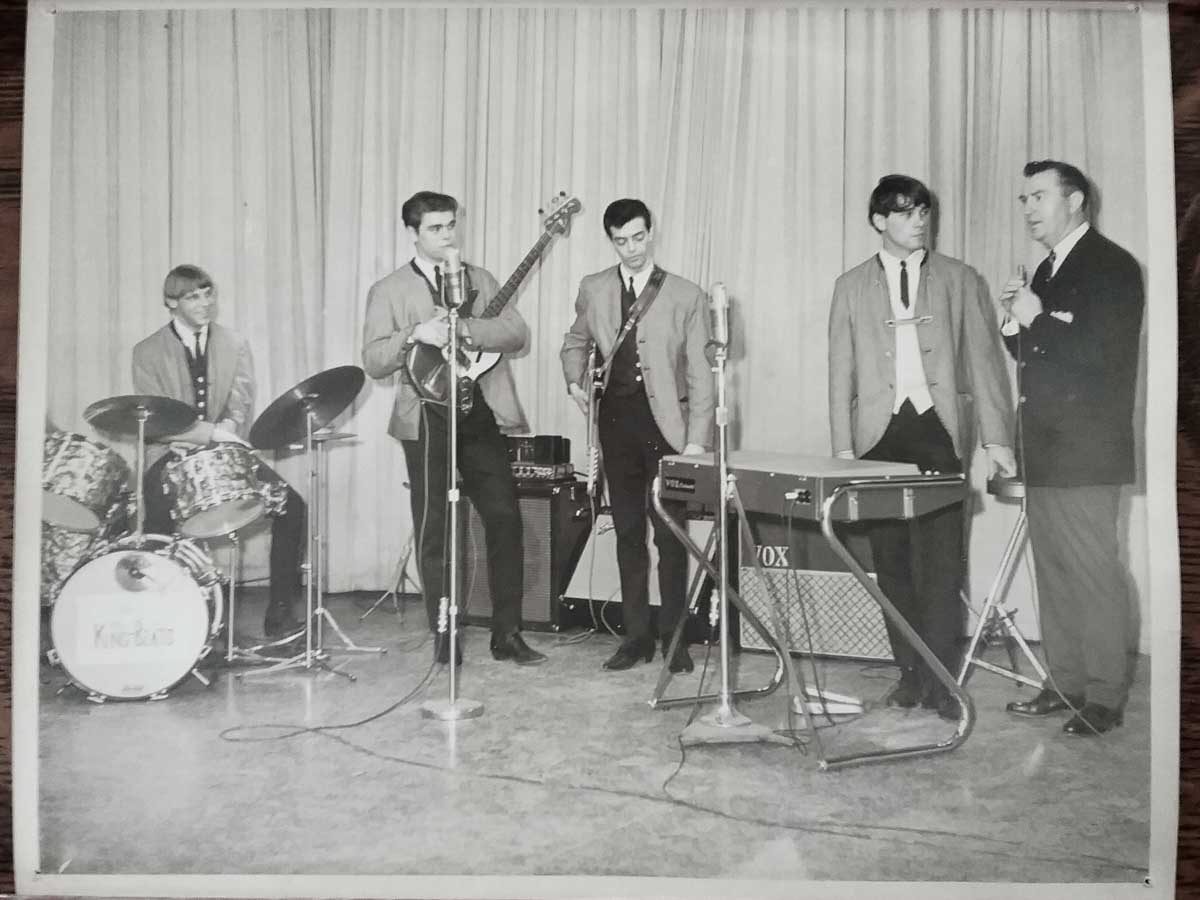


 Dozens of barns and houses lay in smoking ashes. By mid-October 1780, the British campaign of destruction in the Mohawk and Schoharie Valleys carried out by the combined forces of Lieutenant Colonel Sir John Johnsons’s army of Regulars, Loyalists and Indians, Indian Chieftain and Captain Joseph Brant’s Volunteers, and Butler’s Rangers had laid waste to “everything except the soil itself” in a twenty mile wide swath from Fort Hunter in the Schoharie Valley to Stone Arabia north of Palatine Bridge. This was the fourth year of such destruction.
Dozens of barns and houses lay in smoking ashes. By mid-October 1780, the British campaign of destruction in the Mohawk and Schoharie Valleys carried out by the combined forces of Lieutenant Colonel Sir John Johnsons’s army of Regulars, Loyalists and Indians, Indian Chieftain and Captain Joseph Brant’s Volunteers, and Butler’s Rangers had laid waste to “everything except the soil itself” in a twenty mile wide swath from Fort Hunter in the Schoharie Valley to Stone Arabia north of Palatine Bridge. This was the fourth year of such destruction.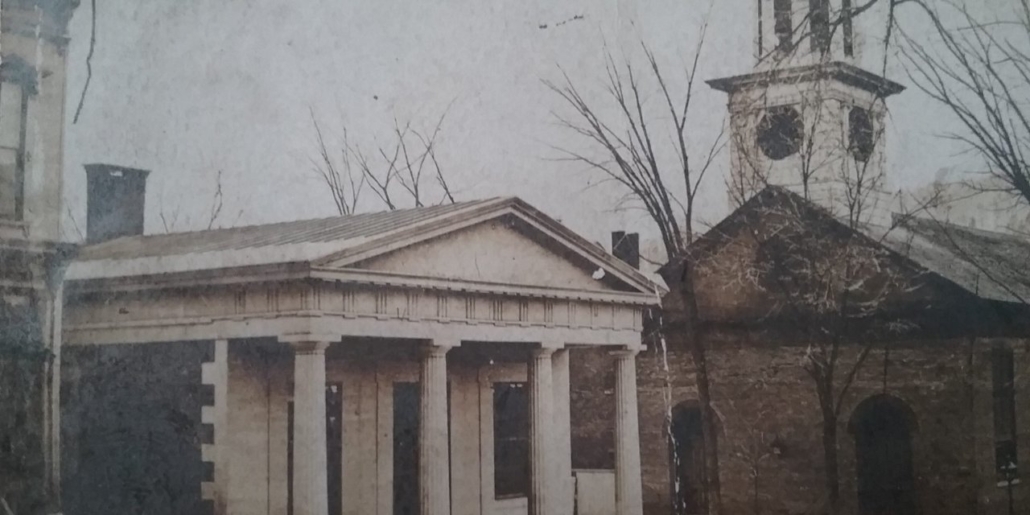


 The early-1800’s Second Great Awakening witnessed a number of consequential social movements, including a more aggressive abolition movement, universal public education, Transcendentalism, and “first wave feminism” associated with the 1848 Seneca Falls Convention; this historical meeting produced the Declaration of Sentiments demanding overall gender equality as well as women’s suffrage. The Susan B. Anthony and Elizabeth Cady Stanton monumental partnership emerged soon thereafter.
The early-1800’s Second Great Awakening witnessed a number of consequential social movements, including a more aggressive abolition movement, universal public education, Transcendentalism, and “first wave feminism” associated with the 1848 Seneca Falls Convention; this historical meeting produced the Declaration of Sentiments demanding overall gender equality as well as women’s suffrage. The Susan B. Anthony and Elizabeth Cady Stanton monumental partnership emerged soon thereafter. And so, the historical struggle that gained momentum in Seneca Falls, New York in 1848 resulted in the triumphant ratification of the 19th Amendment on August 26, 1920 and the single largest extension of voting rights in American history; 26 million American women had gained the right to vote.
And so, the historical struggle that gained momentum in Seneca Falls, New York in 1848 resulted in the triumphant ratification of the 19th Amendment on August 26, 1920 and the single largest extension of voting rights in American history; 26 million American women had gained the right to vote.









Growing up on the South Side from the early 1950’s through the late 1960’s By Donald F. Staffo
A Pizza Story by James Papaleo
South Side Cigar Stores by Gary Staffo
Every Legend Has a Beginning The Hubie Brown Story by David Dinneen
Dairy Farming In Herkimer County: The More Things Change… by De Wayne W. Perry
The Magnificent Mile at Little Falls by Louis W. Baum, Jr.
Burwell Street Namesake and Moreland Park Visionary
by Jeffrey Gressler
by Jeffrey Gressler
He Still Sustains: Pitt the Painter’s Studio Loft
by Laura Laubenthal
by Laura Laubenthal
“Surviving Childhood in Little Falls” by Cynthia Holick Foley
Long Ago From a Far Away Land by Jessie Snyder Thompson Huberty
John Frazier – Prisoner of War, Hero by John Frazier, Jr.
The Little Falls Lock 17 Dedication Celebration of 1916 by Angela Harris
Mayor Hadley Jones – A Saint or a Sinner (Part 2) by Louis Baum
Mayor Hadley Jones – A Saint or a Sinner (Part 1) by Louis Baum
A Sun Shower Without End by Ray Lenarcic
Patriots Day Honors Those Who Were Not Sunshine Patriots by Jeffrey Gressler
Sometimes Distributing Vaccines Easier Said Than Done by Schuyler Van Horn
Hector Allen by David Krutz